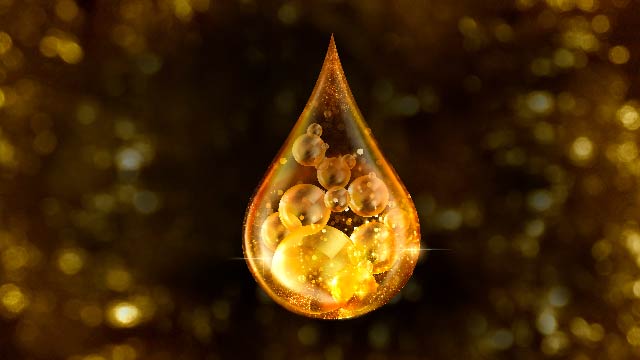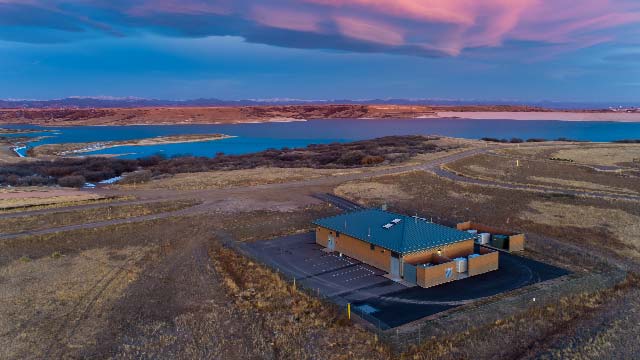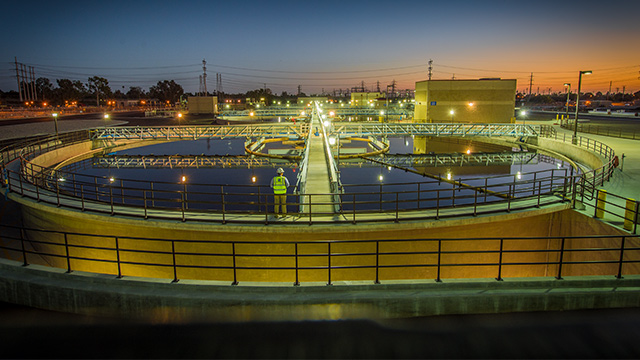Black & Veatch is the designer and builder of a new, $35 million solids treatment system for the Liverpool Wastewater Treatment Plant in Medina County, Ohio. The system provides energy performance savings and other sustainable benefits through an innovative Design-Build Performance Contract. As a result, the county expects to be able to pay for the new system without increasing customer rates. “The Liverpool plant’s existing sludge heat treatment system is more than 40-years-old and extremely expensive to operate,” said Blake Childress, Black & Veatch Project Director. “Its new solids treatment system will reduce annual operating costs by approximately 50 percent, for a projected annual operating expense of $1.656 million, and recover essential resources for sustainable reuse.”
Built into the system are advanced technologies that are new or emerging in the United States. They significantly reduce energy and construction costs, and enable Medina County to remove, and recover, phosphorous.
“The county’s unique project requirements and strict budget meant we had to look beyond traditional U.S. technologies and apply our global capabilities and knowledge base,” said Childress. “Drawing from our work in the UK and other sites in North America, we developed a solution that met Medina’s budget, performance and other project objectives.”
Cambi Thermal Hydrolysis Process
The Liverpool facility features the latest thermal hydrolysis process (THP) technology produced by Cambi, a global leader in enhanced anaerobic digestion technology. THP is a pretreatment process prior to anaerobic digestion of sludge and bio-waste. The unit capacity of the Cambi system installed for the county is 25 dry tons per day, or a population equivalent of approximately 250,000 people.
The unit was delivered to the project site fully assembled. It includes a pulper, multiple reactors and a flash tank, plus piping, valves, insulation and cladding, electrical, and instrumentation and controls. It arrived on a skid, ready to connect the biosolids feed lines and power supply, and begin start-up. Prior to delivery, the unit was displayed at WEFTEC 2017, the Water Environment Federation’s annual water quality conference. The Liverpool project represents only the second-ever Cambi installation in the United States.
Black & Veatch has experience with the technology, implementing what was then the largest application of the Cambi system at the Davyhulme Wastewater Treatment Plant in the UK for United Utilities Water PLC.
“Thermal hydrolysis increases the biodegradability of wastewater residuals. This enhances the operation and efficiency of the digester system, and it results in additional digester gas production that is burned to generate electrical power, which saves energy use at the plant,” said Childress.
The thermal hydrolysis process kills pathogens in biosolids, thereby meeting the highest U.S. Environmental Protection Agency criteria for land application as a fertilizer, known as Class A. With THP, solids are easier to mix and pump at higher solids concentrations, which leads to increased digester loading rates. It can be appealing to facilities that need to process more solids in existing systems or need to minimize the size and number of new digesters.
Steel Digester Tanks Reduce Construction Time and Cost
Traditional U.S. digester tanks are constructed from concrete and typically take months to build. The Liverpool project is using stainless steel tanks manufactured by the German company Lipp. They can be constructed in a matter of weeks, reducing digester construction costs by approximately 33 percent when compared to traditional concrete construction.
The Lipp tanks arrive as coils of galvanized and stainless steel. The coils are then placed on portable machines that spin and crimp the components together as the tank’s construction spirals upward. Because their exterior surface is made from galvanized steel and their interior surface from stainless steel, the tanks do not require a spray-on coating. This reduces the initial capital cost and long-term O&M cost.
Phosphorus Removal and Recovery
Phosphorus is a nutrient that is essential to farming. Yet runoff of phosphorus into waterways can contribute to toxic algae blooms. It’s why environmental regulations require wastewater treatment operators to remove phosphorus from effluent. The existing Liverpool system removed phosphorus in an unrecoverable form.
In order to maintain low effluent phosphorus limits and promote sustainability, the project included two innovative processes: Sidestream Enhanced Biological Phosphorus Removal (SEBPR) and AirPrex struvite recovery.
SEBPR
In addition to replacing the plant’s biosolids management system, the project also addressed issues related to the plant’s existing liquid treatment process. It was completely reconfigured to provide more reliable and efficient biological phosphorus removal. The reconfiguration included additional aeration capacity, sidestream centrate nitrification/denitrification and SEBPR. The SEBPR process, which Black & Veatch has pioneered, represents a quantum leap forward in biological phosphorus removal, solving many of the issues plants have with traditional bio-P. SEBPR works independently of influent flow conditions. It works with or without readily available carbon in the influent wastewater. And it can do so with less tankage and infrastructure. The use of SEBPR allowed Medina County to gain additional treatment capacity without the construction of additional tanks.
Struvite Harvesting
For the new facility, Black & Veatch used an AirPrex-brand struvite removal and recovery system – one of the first of its kind in the United States. This system enables phosphorus to form into crystals of the phosphate mineral struvite. These crystals can be sold as fertilizer. In addition, the biosolids remaining at the end of the process can be applied to land as a soil conditioner.
Sustainable Benefits
The anaerobic digestion process produces methane gas. Taking advantage of this resource, Black & Veatch implemented a combined heat and power system. It uses the methane recovered from the facility’s digesters as well as natural gas from the local utility to power the treatment plant.
“Methane from the digesters will fuel approximately 30 percent of the facility’s energy requirement,” said Childress.
Black & Veatch’s responsibilities have included project development, engineering, procurement, construction, start-up and commissioning services. The project is an example of an Energy Savings Performance project, in which the design-build work creates efficiencies intended to allow the project to pay for itself over a short period of time.
“Black & Veatch did a great job working with us, recognizing our needs as well as our goals. Then they designed and implemented solutions to fulfill them at the budget set before them," said Scott Miller, Medina County Administrator.








